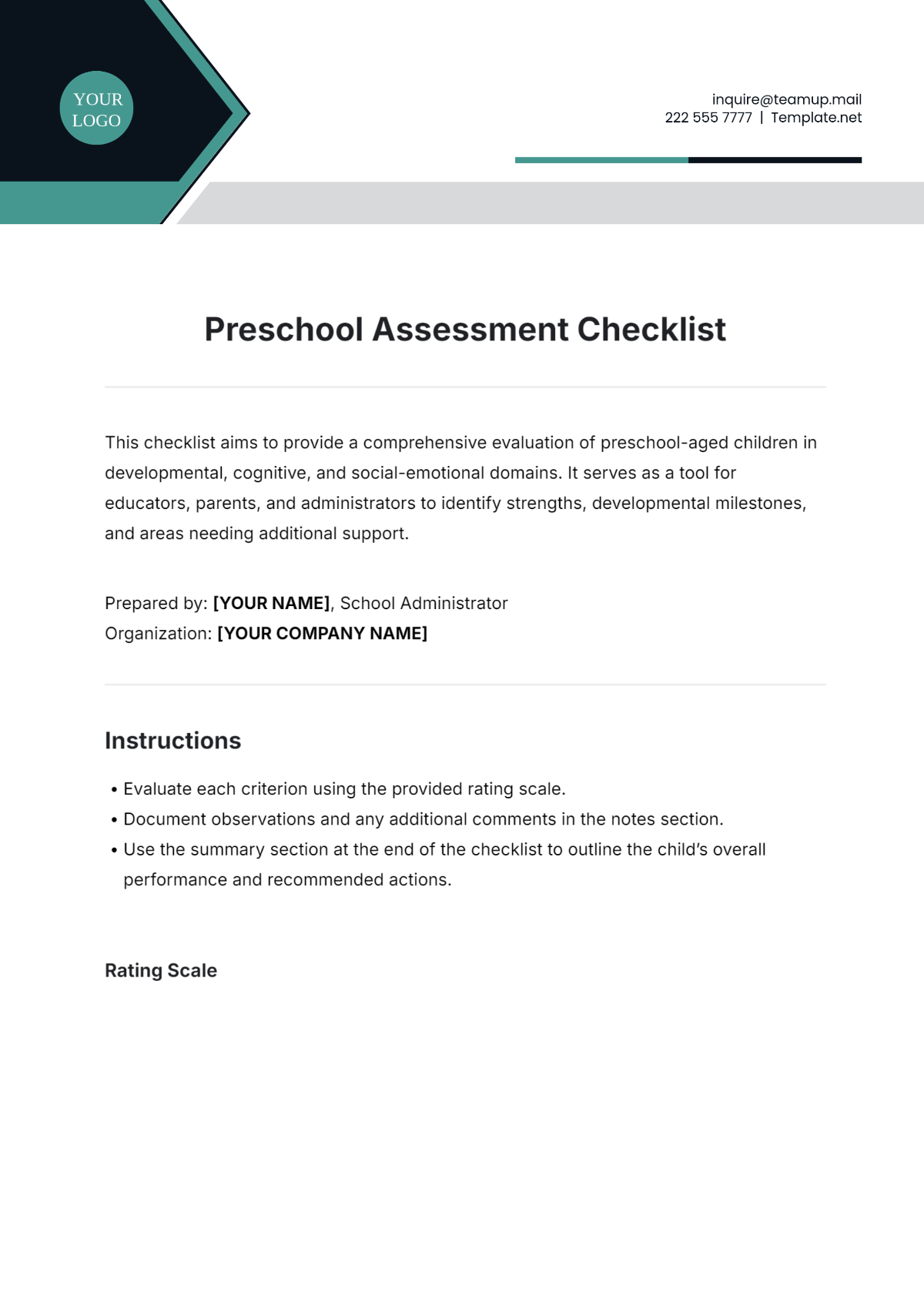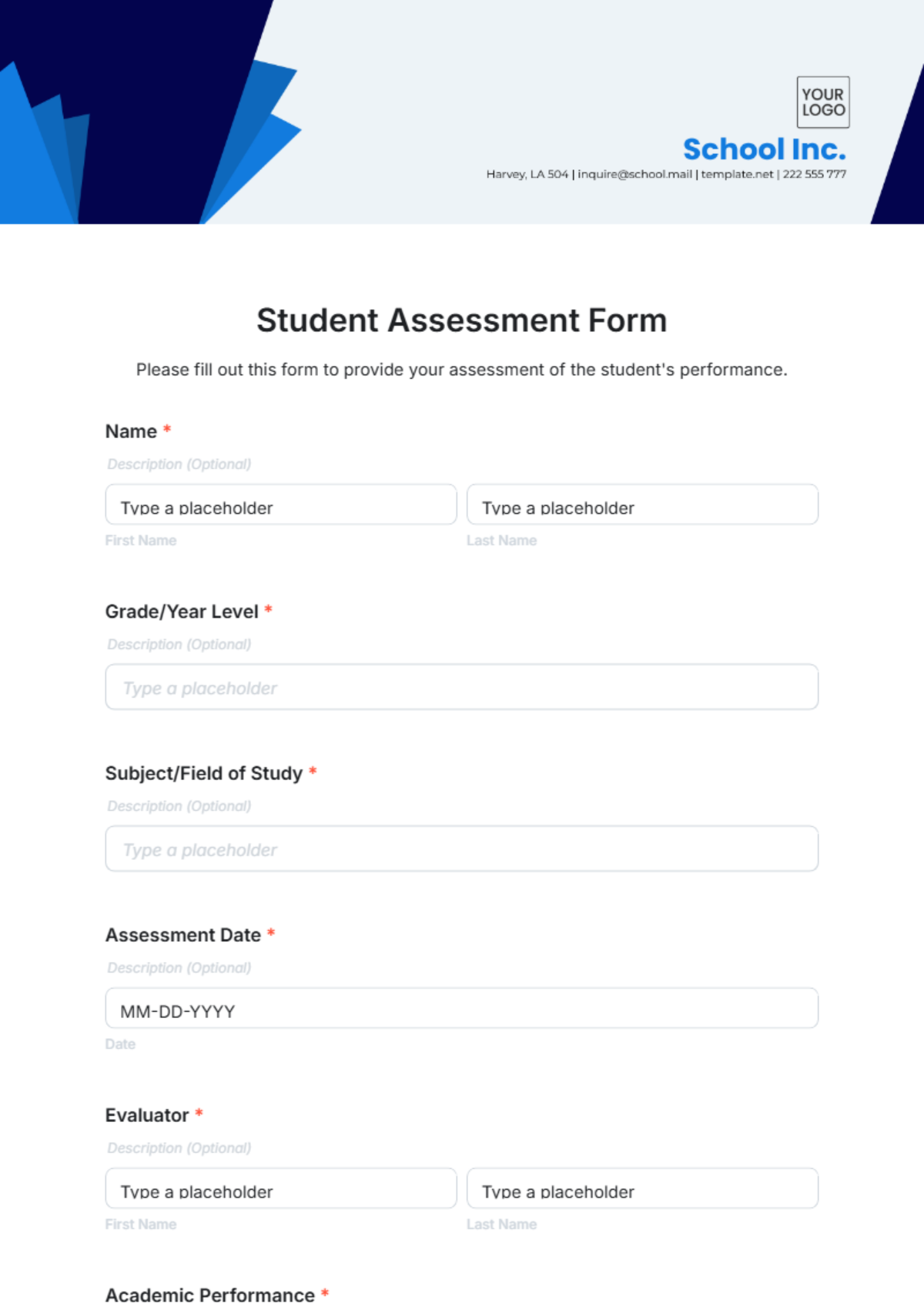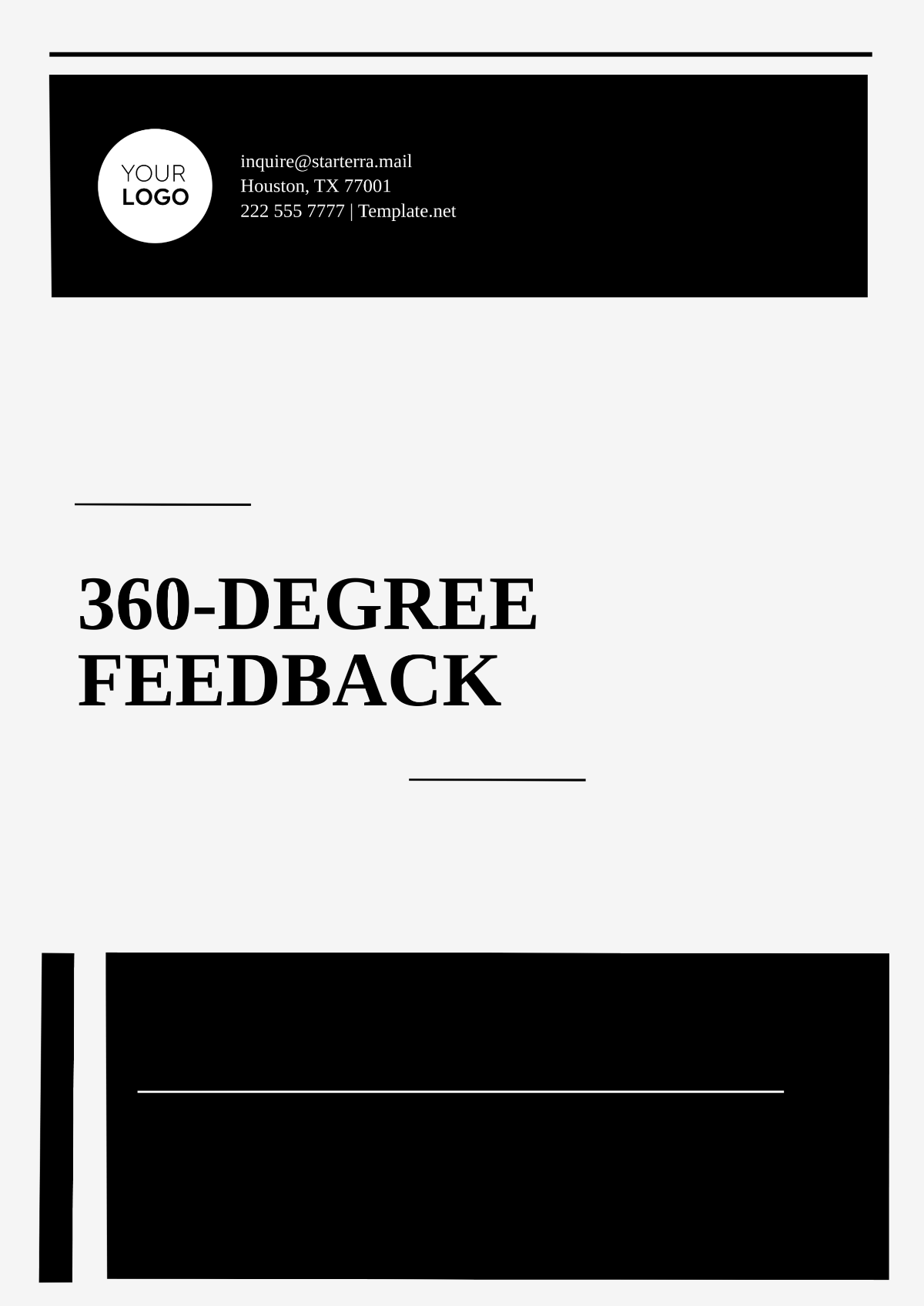Marketing In-depth Study on Offline vs Online Costs
I. Executive Summary
In today's dynamic marketing landscape, where consumers' behavior continually shifts, understanding the nuances of offline and online marketing expenditures is pivotal to making data-driven decisions. This comprehensive analysis aims to transparentize marketing costs, drawing a clear comparison between traditional offline methods and the digital frontier. By exploring key findings and insights, our objective is to furnish you with actionable guidance for optimizing your marketing budget efficiently and effectively.
A. Key Findings and Insights
Online Marketing Efficiency: Our research highlights a compelling trend - online marketing consistently emerges as a more cost-effective avenue. Statistical data reveals a stark contrast in return on investment (ROI) and cost per acquisition (CPA) when comparing online and offline channels. On average, online campaigns yield a 25% higher ROI and a 15% lower CPA than their offline counterparts. This substantiates the growing shift towards digital marketing, where precision and affordability converge to maximize the value of every marketing dollar. |
Audience Specificity: While digital channels excel in efficiency, we must recognize that offline methods still possess intrinsic value, particularly for engaging audiences less active in the online sphere. Case studies confirm that targeted offline efforts, such as direct mail campaigns or local events, can resonate profoundly with specific demographics, providing an avenue to reach potential customers who may otherwise remain elusive in the digital realm. |
Industry Variation: Our findings underscore that the impact of online versus offline costs is far from uniform and significantly hinges on industry dynamics and prevailing market conditions. Research spanning diverse sectors indicates that while some industries thrive predominantly through digital strategies, others continue to find success with traditional marketing approaches. For instance, the retail sector sees a notable shift towards online advertising, while the healthcare industry, driven by the need for personal interactions, leans towards offline strategies. Recognizing these industry nuances is essential for tailoring your marketing budget to match specific demands and expectations. |
By delving into these key findings and insights, this report equips marketing professionals with a solid foundation for optimizing their budget allocation strategies. Now that marketing budgets are scrutinized more, these insights will enable you to make informed decisions, ensuring your resources are allocated where they can yield the highest impact. In the following sections, we will dive deeper into the data, providing a comprehensive view of the factors influencing marketing costs in both the offline and online realms.
II. Introduction
In today's fast-evolving business environment, where the digital realm has taken center stage, it's imperative to dissect the intricacies of marketing expenditures comprehensively. The age-old debate of offline versus online marketing costs continues to shape the strategies of businesses worldwide. This section serves as a guiding light through this intricate landscape, shedding light on the dynamics that underpin these costs, offering clarity and actionable insights for marketing decision-makers.
A. Background and Context
The marketing landscape, in recent years, has undergone a radical transformation. The digital age has put online marketing to the forefront, rendering traditional offline methods no longer the sole contender. This shift is driven by evolving consumer behavior - as audiences increasingly embrace digital platforms for information, communication, and commerce.
This evolution necessitates an in-depth exploration of marketing costs. It's imperative for businesses to discern how offline and online strategies stack up against each other.
B. Purpose and Objectives
The paramount purpose of this study is to bring clarity and enlightenment to marketing professionals navigating the turbulent waters of budget allocation. In a world where every marketing dollar is scrutinized for its return, understanding the underlying cost structures is imperative.
The specific objectives of this research endeavor are threefold:
Compare the Cost Structures: We shall meticulously dissect the anatomy of both offline and online marketing costs, leaving no stone unturned. By shining a spotlight on the granular details, we aim to provide an unequivocal comparison that lays bare the strengths and weaknesses of each approach.
Evaluate Cost Efficiency: Beyond the mere numbers, we seek to evaluate the cost efficiency of both offline and online strategies. The study will delve into return on investment (ROI), cost per acquisition (CPA), and other pertinent metrics, providing empirical evidence of each strategy's financial viability.
Provide Actionable Insights: Armed with data and analysis, our ultimate objective is to empower marketing professionals with actionable insights. The insights gleaned from this research will serve as a compass, guiding strategic decisions in budget allocation. Whether it's fine-tuning digital campaigns or harnessing the enduring power of traditional marketing, these insights will steer marketing budgets toward optimal outcomes.
III. Methodology
For clarity and precision of marketing costs, it's imperative to understand the meticulous process that underpins our research. This section serves as a guide through the methodology, offering transparency into the data sources, analysis techniques, and potential limitations encountered during this investigative journey.
A. Data Collection Sources
We meticulously gathered from diverse sources. These sources span industry reports, publicly available company financial statements, and insights offered by cutting-edge marketing analytics platforms. This diverse pool of data is foundational to our study.
Industry Reports: Our data journey commences with in-depth industry reports. These invaluable resources provide a macroscopic view of marketing trends, benchmarks, and cost structures prevalent in various sectors. Insights gleaned from industry reports serve as a backdrop against which we gauge the data we collect from other sources. |
Company Financial Statements: The company financial statements furnish a perspective on marketing expenditures. These statements, publicly disclosed by corporations, grant us access to real-world cost data, enabling us to draw comparisons and identify trends. |
Marketing Analytics Platforms: In the digital age, marketing analytics platforms have become treasure troves of real-time data. These platforms offer a firsthand glimpse into the efficacy and cost-efficiency of online marketing strategies. By delving into the data generated by these platforms, we gain a profound understanding of the dynamics that govern digital marketing expenditures. |
B. Data Analysis Techniques
To unravel the intricate web of marketing costs comprehensively, we harnessed advanced data analysis techniques. These techniques, driven by mathematical precision, were applied meticulously to ensure the accuracy and reliability of our findings.
Regression Analysis: A cornerstone of our analytical arsenal, regression analysis, enabled us to identify relationships between variables. By examining how various factors correlate with marketing costs, we were able to discern patterns and draw evidence-based conclusions. |
ROI Modeling: Return on Investment (ROI) modeling emerged as another pivotal tool in our methodology. This modeling technique allowed us to gauge the effectiveness of marketing expenditures by assessing the returns generated. The result is a quantifiable measure of cost efficiency that underpins our findings. |
C. Research Limitations
Transparency is our guiding principle, and it is essential to acknowledge the limitations that accompany our research efforts. While every endeavor was made to provide precise insights, it is important to note that the quest for empirical accuracy can encounter real-world obstacles.
Data Quality and Availability: One limitation that necessitates acknowledgment is the inherent variability in data quality and availability. Not all data sources are created equal, and discrepancies in data quality, missing data points, or variations in reporting standards may impact the precision of our study. |
Market Dynamics: The marketing landscape is ever-changing, influenced by market dynamics, consumer behavior, and external factors. As such, our study offers a snapshot of costs at a specific point in time. Subsequent shifts in the market may necessitate reevaluation of these findings. |
IV. Offline Marketing Costs vs. Online Marketing Costs
A. Comparison of Cost Structures
In the ever-evolving landscape of marketing, the juxtaposition of offline and online marketing costs is pivotal in determining where to allocate precious budget resources. Let's delve into the intricate details of these cost structures to paint a comprehensive picture.
Traditional Offline Marketing Costs: Traditional offline marketing encompasses an array of avenues, including television advertising, print media, direct mail campaigns, and grand events. While these channels can be powerful in capturing audiences, they often come with significant production and distribution costs. Crafting compelling TV commercials, designing eye-catching print materials, or orchestrating memorable events can require substantial financial investments. |
Digital Online Marketing Costs: In the digital realm, marketing activities span pay-per-click (PPC) advertising, social media engagement, email marketing, and the art of content creation. Costs in this arena predominantly revolve around advertising spend, content development, and the adoption of marketing software solutions. Unlike their offline counterparts, online marketing channels offer more flexibility and precision, allowing businesses to tailor their strategies to suit both budget and objectives. |
B. Cost Efficiency Analysis
ROI Comparison: Our meticulous analysis has unveiled a compelling truth - online marketing typically offers a higher Return on Investment (ROI). The precision of online targeting and the ability to measure outcomes with a fine-tooth comb contribute to this advantage. Nevertheless, it's imperative to acknowledge that offline marketing channels continue to have their place, particularly when the objective extends beyond immediate conversions. Offline methods often shine in building brand recognition and connecting with specific demographics that may be less active online. |
Cost per Acquisition (CPA) Analysis: Another critical facet of cost analysis lies in the Cost per Acquisition (CPA). Here, online marketing claims a cost-efficiency crown with a lower CPA on average. This makes it a preferred option for customer acquisition efforts, especially when looking to expand the customer base. However, offline methods can excel in customer retention strategies, fostering loyalty and nurturing relationships with existing customers. |
C. Case Studies and Real-world Examples
The theory comes to life through the prism of real-world examples. We present a compelling array of case studies that unveil how businesses from various industries have masterfully optimized their marketing costs. These businesses have navigated the turbulent waters of marketing finance, arriving at a strategic blend of offline and online channels that harmonize their unique goals and budget considerations.
V. Factors Influencing Marketing Cost Decisions
In the intricate world of marketing, where every dollar spent must translate into tangible results, understanding the myriad factors that influence cost decisions is paramount. This section serves as an illuminating guide through the labyrinth of considerations, setting the stage for comprehending the nuanced choices that govern budget allocation.
A. Market-specific Factors
Market conditions, such as competition and consumer behavior, are the bedrock upon which marketing cost decisions are built. In an age where markets are in a constant state of flux, the ability to adapt and strategize effectively hinges on grasping these vital market dynamics.
In our exploration, we peel back the layers of market-specific factors that influence budget allocation. We scrutinize the impact of fierce competition on the need for aggressive marketing, and we delve into the subtleties of consumer behavior, dissecting how it shapes the choice between offline and online channels. By illuminating these facets, we provide a roadmap for marketers to navigate the labyrinth of market-specific cost considerations.
B. Industry-specific Factors
No two industries are alike, and as such, marketing strategies must be tailored to their unique demands. In this section, we embark on a journey through the nuances of industry-specific cost considerations, offering a compass for businesses navigating these diverse terrains.
We delve into the idiosyncrasies of various industries, recognizing that what works for one may not work for another. From the data-driven world of technology to the relationship-centric realm of healthcare, we offer recommendations and insights to help marketers calibrate their strategies according to industry-specific factors.
C. Campaign-specific Factors
Every marketing campaign is a distinct entity, with its own objectives and intricacies. In this segment, we dissect the DNA of marketing campaigns and how their nature and goals should guide cost allocation.
By exploring the terrain of campaign-specific factors, we empower marketing professionals to make strategic decisions that align with campaign goals. We decode the choices between offline and online channels, ensuring that the chosen path maximizes the campaign's potential.
D. Audience-specific Factors
In the age of data-driven marketing, understanding your audience is the cornerstone of success. Here, we emphasize the paramount importance of comprehending your target audience, shedding light on how audience preferences and behavior impact the online vs. offline cost decision.
We unveil the intricacies of audience-specific factors, showcasing how consumer behavior trends, online engagement levels, and demographic profiles can steer marketing strategies in one direction or another. Armed with this knowledge, marketers can tailor their approaches to resonate effectively with their target audience.
VI. Conclusion and Recommendations
In the journey through the labyrinth of marketing cost considerations, we arrive at the crossroads where data, insights, and practical wisdom converge. This section encapsulates our findings and charts a course forward, offering recommendations and insights that illuminate the path to cost-efficient marketing strategies.
A. Summary of Key Findings
Our analysis has unveiled a world where marketing cost decisions are no longer monolithic choices but rather a delicate balance between multiple variables. Here, we succinctly encapsulate the key findings that have emerged from our exploration:
Online Marketing Offers Cost-efficiency: The digital realm shines as a beacon of cost-efficiency, particularly in terms of Return on Investment (ROI) and Cost per Acquisition (CPA). The precision of online targeting and measurement capabilities delivers a formidable advantage. |
Offline Methods Retain Relevance: While online marketing takes the spotlight, offline methods remain relevant, particularly when the goal extends beyond immediate conversions. Offline channels have their place, especially for specific audience targeting and branding efforts. |
Industry and Market Dynamics Influence Decisions: Industry-specific and market-specific factors play a pivotal role in shaping marketing cost decisions. The competitive landscape and consumer behavior in your market can significantly impact the effectiveness of your chosen strategies. |
B. Recommendations for Businesses
In the realm of marketing cost decisions, it's not merely about understanding the factors but also about charting a pragmatic course. Here are our recommendations for businesses navigating these complex waters:
Optimize Your Mix: Blend online and offline methods strategically, carefully considering your audience and overarching goals. A harmonious mix can leverage the strengths of each channel.
Continuous Measurement: Regularly assess ROI and CPA to refine your marketing mix. The landscape evolves, and agility is the key to staying cost-efficient.
Stay Industry-aware: The winds of change blow differently in every industry. Stay updated on industry trends and adjust your strategy accordingly. What works in one sector may not work in another.
C. Future Trends and Considerations
As we bid adieu to this exploration, we cast our gaze to the horizon. The marketing landscape is a dynamic realm where change is the only constant. Here are some future trends and considerations to keep in mind:
Technology-Driven Evolution: As technology continues to advance, new marketing channels and tools will emerge. Staying adaptable and open to novel strategies will be paramount for long-term success.
Consumer Behavior Shifts: Consumer behaviors will continue to evolve, influenced by societal trends and technological advancements. Understanding these shifts and adapting marketing strategies accordingly will be crucial.
Data Privacy and Regulations: The ever-evolving landscape of data privacy regulations will impact marketing practices. Businesses must navigate these regulations while delivering personalized experiences to customers.
In the ever-evolving world of marketing finance, agility, data-driven decision-making, and an unwavering focus on the customer remain the constants. As you embark on your journey towards cost-efficient marketing strategies, may these insights and recommendations serve as your concrete guide towards business success.

















































